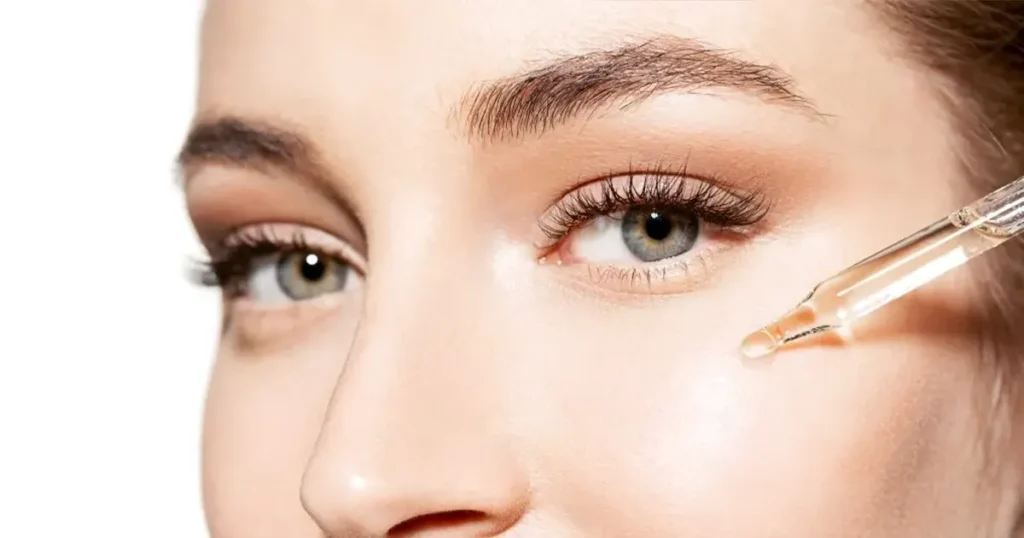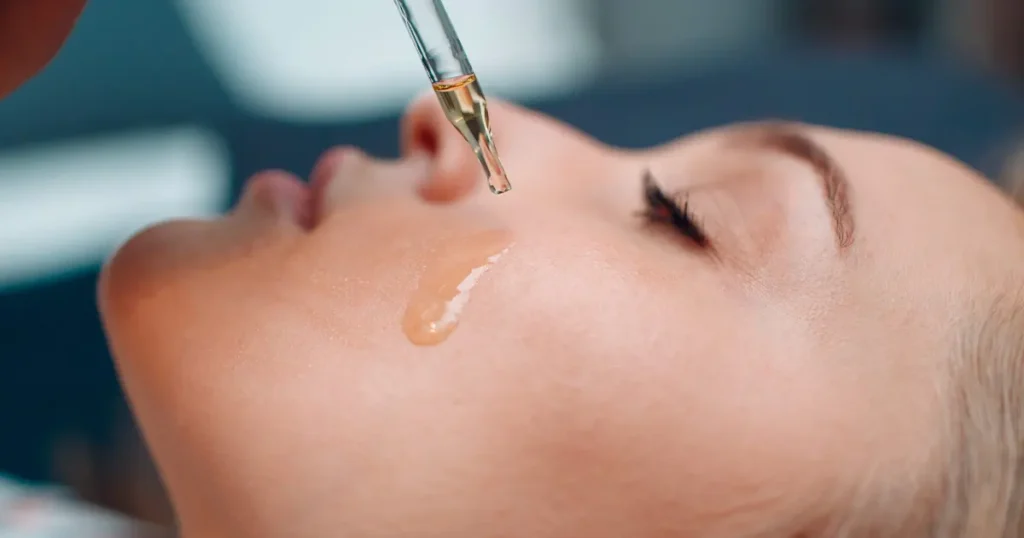A regular skincare routine helps keep oily skin feeling and looking healthy. Using a non-comedogenic cleanser, eye cream, serum, and moisturisers, IPAL dermatologists developed mild yet powerful skincare tips for oily skin. Every product also contains ceramides, which assist your skin to retain moisture and aid to preserve and rebuild the barrier.

The American Academy of Dermatology (AAD) lists oily skin as one of the five basic skin types—along with dry, combination, sensitive, and normal skin. Oily skin type generates too much sebum, or oil, which may leave skin appearing glossy and greasy. Furthermore more likely to suffer from comedonal acne—blackheads and whiteheads—as well as other forms of acne blebs are oily skin types. Conversely, this skin type may have less obvious fine lines and wrinkles as the higher oils might help keep skin well moisturised.
How To Check If You Have Oily Skin
Usually, basic observation will help you to determine whether or not your skin is oily. Generally speaking, oily skin types seem slick and shiny—especially around the T-zone (forehead, nose, and chin). Sometimes oily skin is confused with combination skin, which typically ranges in certain places from oily to dry (like the cheeks).
You might try seeing how your skin responds around half an hour after washing to help identify your skin type. Your skin most certainly is oily if it feels and looks greasy all over. A board-certified dermatologist at IPAL may also evaluate your skin and assist you to correctly determine your skin type when in uncertainty.
Recommendations for Oily Skin from IPAL Dermatologists
When everyone’s skin is different, there are certain broad rules that could be useful when tending to oily skin. For oily skin, the perfect regimen is one that supports moisturised, pleasant, balanced skin neither too oily nor too dry. Without clogging your pores or upsetting the protective barrier of your skin, it should assist moisturise it and reduce unwelcome shine. For oily skin, here are some basic actions we advise incorporating in your skincare regimen.
First Skincare Tip For Oily Skin Is Cleansing
Look for mild, non-drying cleansers designed especially for oily skin. For oily skin, foaming cleansers are usually the best option as these compositions may completely eliminate extra oil from the surface of the skin.
Foaming Facial Cleanser is one fantastic choice for oily skin. Featuring niacinamide, hyaluronic acid, and three important ceramides, this gel-based cleanser is designed to thoroughly cleanse and remove oil without upsetting the skin’s natural barrier (which could leave skin feeling tight or dry).
Unless advised otherwise by a dermatologist, those with oily skin should wash twice daily (morning and evening) as well as after perspiration. Using an alcohol-free toner after a cleaning can also assist to clear any residual dirt from oily skin.
Focus SkinCare Tips
Targeted skincare treatments may help reduce typical oily skin issues like prominent pores, acne breakouts, or markings left over from past-acne. Oily skin may use a lightweight, oil-free face serum using retinol at this stage with components.

Treatments such benzoyl peroxide or salicylic acid may help manage breakouts of oily, acne-prone skin. Applied as an optional step after serum or treatment gels, an eye cream may also assist to lessen the look of dark circles or puffiness under the eyes.
Get Mosturized
We advise using a non-comedogenic, oil-free moisturiser after washing, toning, and targeted therapy application. Particularly for oily skin, the word “non-comedogenic” denotes that the moisturiser is developed not to block your pores.
Contrary to common opinion, those with oily skin should not omit this crucial skincare procedure. Oily skin calls for plenty of water. Actually, over-drying your skin might trigger it to respond by producing even more oil. For oily skin, ideal choices can include lightweight, non-greasy face moisturisers with ceramides, niacinamide, and hyaluronic acid.
Support Protection Against UV Lights
Sun protection comes last in a good skincare regimen designed for oily complexion. Every kind of skin should apply sunscreen first thing in morning, whether indoors or under clouds. According to studies, sun exposure may dry out your skin, which can lead to increased sebum production.
The U.S. Food & Drug Administration (FDA) advises daily use of a broad-spectrum SPF 15 or higher sunscreen.
Applied generously 15 minutes before sun exposure and again at least every two hours, sunscreen should be Wearing long-sleeved shirts, long trousers, caps and sunglasses as well as restricting time in the sun—especially between 10 a.m. and 2 p.m.—are other crucial extra sun protection strategies. We advise searching for oil-free, non-comedogenic, non-greasy sunscreens or moisturisers made with dermatologists in mind and fit for oily skin.
Contact Dermatologists AT IPAL Clinic For Free Session On Your Skin
Acne breaks and oily skin may really get you down. It might be time to consult a dermatologist if you have tried over-the-counter medications to little benefit.
“What is excessive oiliness to one person may be perfectly acceptable to another person,” IPAL notes.
Basically, if oily skin is causing you problems, it is reasonable to consult a specialist. We are here to offer you throughout support.

